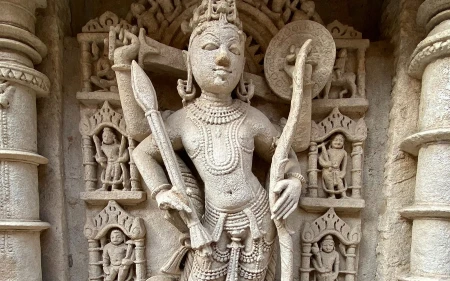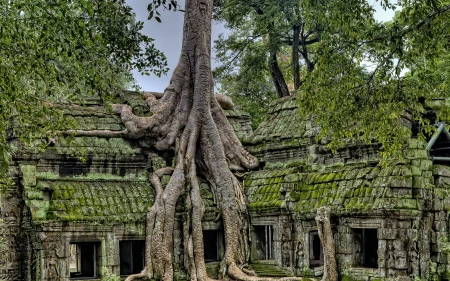
Cultural Clothing: History and Significance
Throughout history, clothing has been an essential part of human culture, reflecting the traditions, beliefs, and customs of societies around the world. From intricate patterns and vibrant colors to unique designs and symbolic motifs, cultural clothing offers a fascinating glimpse into the stories and heritage of different communities. In this article, we'll explore the history and significance of several examples of cultural clothing, highlighting the unique features and meanings behind these iconic garments.
Indian Sari: Elegance and Tradition
The Indian sari is a versatile and elegant garment that has been worn by women in South Asia for thousands of years. Made from a single piece of fabric, the sari is draped and wrapped around the body in various ways, showcasing the wearer's grace and style. The diverse patterns, colors, and materials of saris are often indicative of regional and social identities, with each design carrying its own unique story and significance.
Scottish Kilt: Heritage and Identity
Originating in the Scottish Highlands, the kilt is a traditional garment that has become synonymous with Scottish culture and identity. Made from a length of tartan fabric, the kilt is pleated and wrapped around the wearer's waist, with the distinctive patterns representing different clans and families. Today, the kilt is worn at special occasions and cultural events, serving as a proud symbol of Scottish heritage and history.
Japanese Kimono: Craftsmanship and Symbolism
The Japanese kimono is a beautiful, traditional garment that has been an integral part of Japanese culture for centuries. Made from silk, cotton, or other fine materials, the kimono is a long, flowing robe with wide sleeves, tied with a sash called an obi. The colors, patterns, and motifs of kimonos are rich in symbolism, reflecting the wearer's social status, the season, and other cultural nuances. The art of wearing and crafting kimonos is a revered skill in Japan, reflecting the country's dedication to craftsmanship and aesthetic beauty.
African Dashiki: Vibrancy and Unity
Originating in West Africa, the dashiki is a brightly colored, loose-fitting garment that has become a symbol of pan-African pride and unity. Characterized by its vibrant patterns and geometric designs, the dashiki is often worn for special occasions, festivals, and cultural events. The garment's bold colors and distinctive style make it a powerful expression of African identity and heritage.
Cultural clothing serves as a tangible link to our past, a celebration of our heritage, and a reminder of the diverse beauty of human expression. By appreciating the history, craftsmanship, and symbolism behind these garments, we can gain a deeper understanding of the rich tapestry of cultures that make up our world.


















